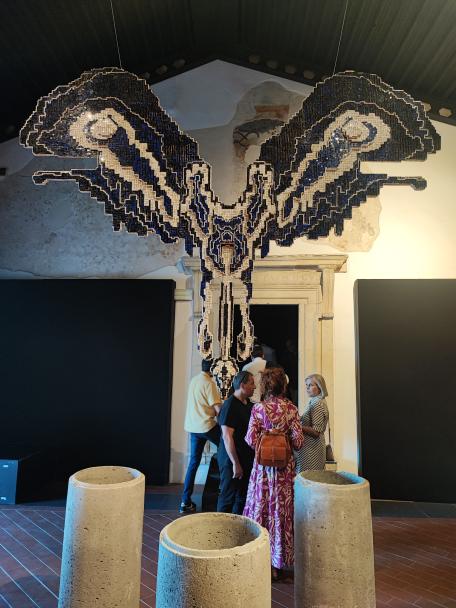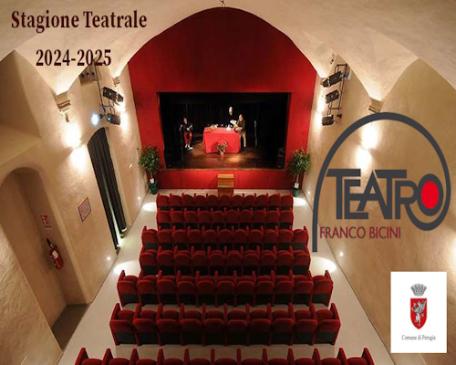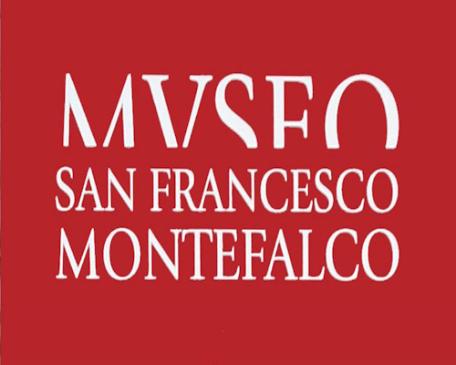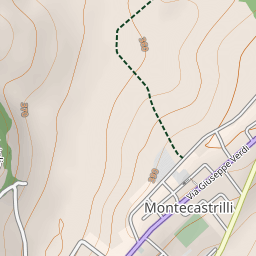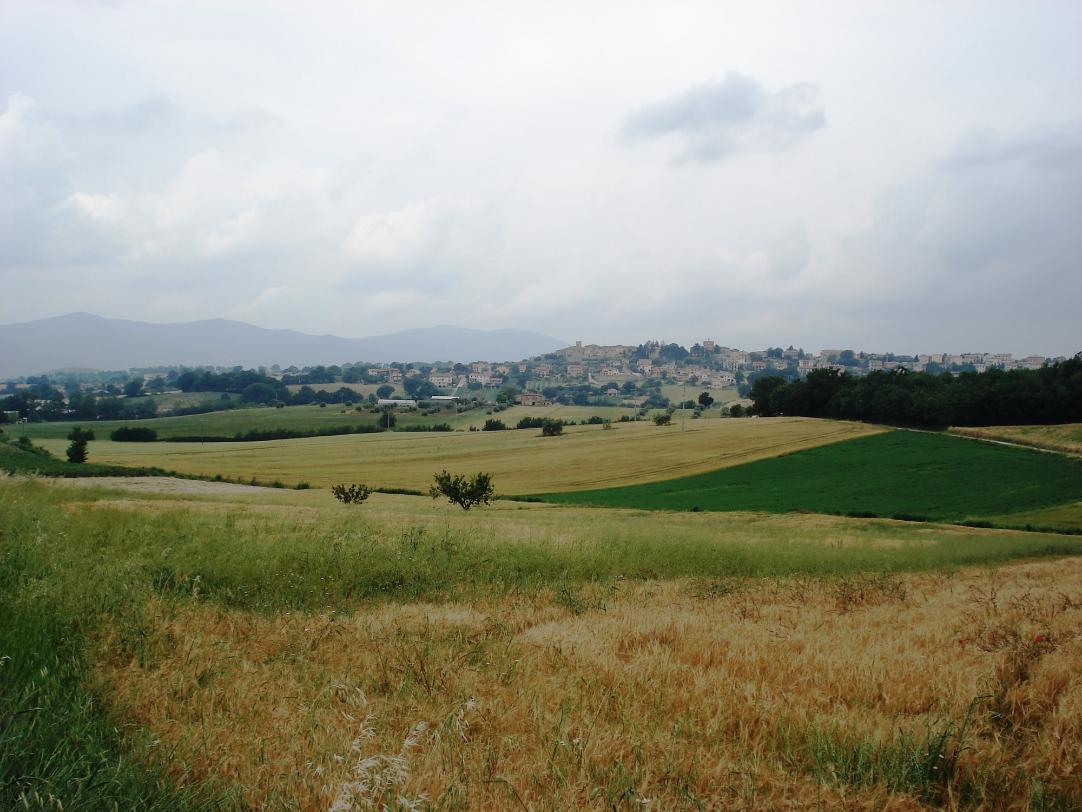San Gemini, è celebre per le sue acque termali e minerali, affiorate a seguito di profonde trasformazioni geologiche. Il tuo tour inizia da qui, fuori dal centro medievale, dove vedrai il Duecentesco Palazzo Pubblico. Visita la romanica chiesa di San Nicolò, menzionata nel 1036 come parte dei possedimenti dell'Abbazia di Farfa. San Gemini, Casventum in epoca romana, era un importante municipio romano sorto lungo il tracciato della via Flaminia che la attraversa da nord a sud; l'integrità della spettacolare area archeologica consente di capire l'impianto della città e di vedere l'anfiteatro, l'arco di San Damiano, ed altri monumenti. Spostati nella vicina Acquasparta, altro borgo medievale dove Palazzo Cesi fu la prima sede dell'Accademia dei Lincei fondata nel 1603 da Federico Cesi. La dimora rinascimentale dell'illustre famiglia Cesi è decorata con affreschi, soffitti lignei e sculture. Acquasparta è notissima stazione termale, grazie alla presenza della Fonte Amerino: l'acqua che ne sgorga è particolarmente indicata per la cura di alcune malattie. Le Terme sono situate nel bel parco di Fonte Amerino e la stagione termale si apre a maggio e si chiude ad ottobre.
Spostati ad ovest, in direzione Avigliano Umbro, e prima di arrivare al borgo visita la Foresta Fossile, un impressionante parco naturale preistorico con circa 50 tronchi di conifere del Pliocene. Dopodiché goditi una passeggiata alla scoperta del borgo di Avigliano. Tra le sue stradine visita la chiesa della Santissima Trinità che conserva al suo interno una tela raffigurante la Madonna del Rosario attribuita ad Andrea Polinori, noto pittore tuderte. Perché non concludere la giornata con piatto di picchiarelli alla sangeminese? Un'ottima pasta tirata a mano condita con sugo piccante e pecorino.



















